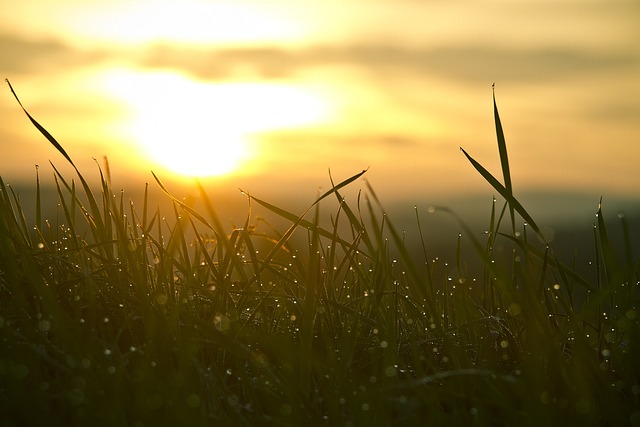Mastering the Essentials: A Beginner’s Guide to Exposure in Photography
Starting your journey in photography can be both exciting and overwhelming. As a beginner, one of the most fundamental concepts you’ll encounter is exposure. Understanding exposure is essential to capturing images that convey the mood, detail, and story you envision through your camera’s lens.
What is Exposure?
Exposure refers to the amount of light that reaches your camera’s sensor or film, ultimately deciding how bright or dark your photo will be. Proper exposure creates a well-balanced image, where the details in highlights and shadows are visible without being too washed out or too dark. For anyone beginning in photography, mastering exposure is the first step towards making your photos truly stand out.
The Three Pillars of Exposure
Exposure is controlled by three main settings on your camera:
- Aperture: The size of the opening in your camera’s lens optics. A wider aperture lets in more light and creates a shallow depth of field, perfect for portraits, while a smaller aperture gives you a deeper focus range, great for landscapes.
- Shutter Speed: How long the camera’s shutter stays open to let light in. Faster shutter speeds freeze motion, whereas slower speeds can create artistic blur effects. As a beginner, experimenting with shutter speed will help you learn to capture movement creatively.
- ISO: The sensitivity of your camera’s sensor to light. Lower ISO settings produce cleaner images with less noise, while higher ISO enables shooting in lower light but can introduce graininess.
How Do These Elements Work Together?
Think of exposure as a balancing act. If you widen the aperture to brighten your photo, you might need to increase the shutter speed or lower the ISO to avoid overexposure. For beginners, understanding this interplay is crucial—it’s about finding the right combination to match the lighting conditions and your creative vision.
Practical Tips for Beginners
- Start in Manual Mode: While automatic modes on cameras are helpful, manually adjusting exposure settings gives you more control and helps you learn faster.
- Use a Histogram: Your camera’s histogram is a valuable tool showing the distribution of light in your photo. Use it to check whether your image is over or underexposed.
- Practice in Different Lighting Conditions: Try shooting at dawn, midday, and dusk to see how exposure settings need to change.
- Review and Adjust: After taking a photo, review it on your camera’s screen and adjust settings accordingly until you achieve the desired exposure.
Embracing the Art of Exposure
Photography is more than technical knowledge—it’s about perception and creativity. As a beginner, feeling comfortable with your camera and developing an intuitive sense for exposure will dramatically improve your photos. Embrace experimentation and don’t be afraid to make mistakes. Each shot you take is a step towards mastering the art of photography.
Remember, great photos often come from understanding how light interacts with your camera’s optics and using that knowledge to your advantage. Exposure is the gateway to unlocking that potential.



